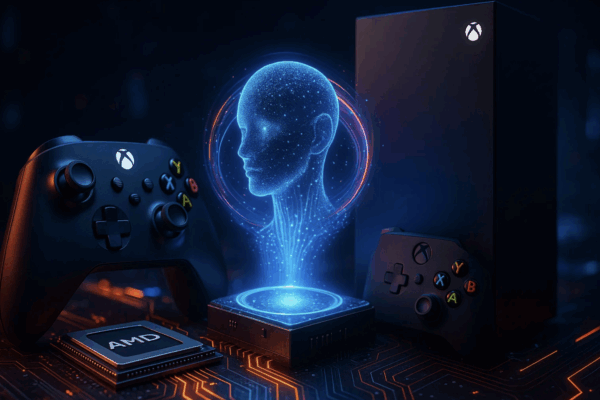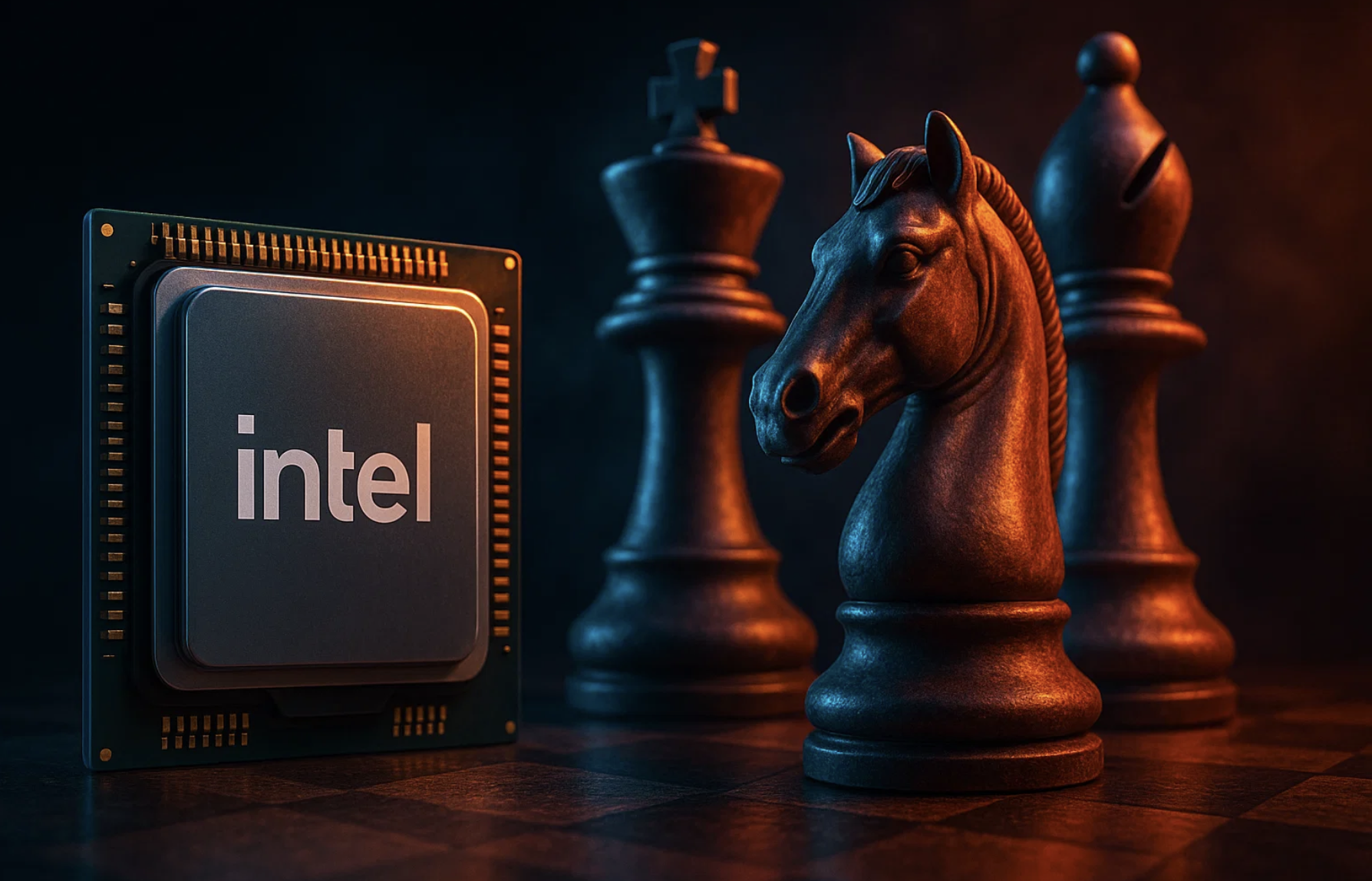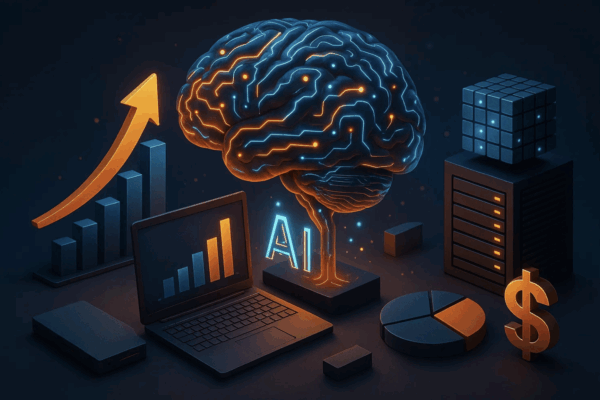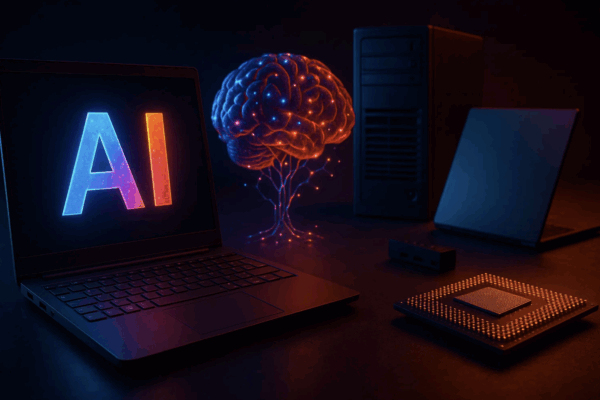

Intel vs. the 2024 Giants: A Case Study in Performance and Expectations
In both technology and sports, success often hinges not just on raw talent but on strategy, execution, and the ability to meet expectations. For the 2024 New York Giants, a season filled with setbacks highlighted the difficulty of living up to fan hopes and past glories. For Intel, one of the world’s most important semiconductor companies, the challenge lies in meeting investor and market expectations in an industry where competitors are moving faster.
Drawing parallels between Intel’s current situation and the Giants’ struggles in 2024 may seem unconventional, but both serve as compelling case studies in how performance, leadership, and long-term vision determine success in competitive environments.
Intel’s Position in the Tech Industry
Intel remains a cornerstone of the global technology supply chain, producing processors that power everything from personal computers to servers. However, over the past decade, the company has faced stiff competition from rivals like AMD, Nvidia, and Taiwan Semiconductor Manufacturing Company (TSMC).
Key challenges Intel faces today include:
-
Manufacturing Delays: The company has struggled to keep pace with advanced process nodes compared to TSMC.
-
Shifting Market Dynamics: The rise of AI-driven workloads has favored GPU makers like Nvidia.
-
Leadership Transitions: While CEO Pat Gelsinger has introduced ambitious roadmaps, execution remains under intense scrutiny.
-
Investor Pressure: With Wall Street watching closely, every delay or missed target affects stock performance.
Intel’s situation illustrates how a once-dominant player must now fight to prove it can innovate at the same pace as newer, nimbler rivals.
The 2024 Giants: A Struggle to Meet Expectations
For the New York Giants, the 2024 season was marked by injuries, inconsistent performances, and a gap between fan expectations and on-field results. After glimpses of promise in earlier seasons, many supporters believed the team was poised to return to playoff contention. Instead, execution errors and a lack of cohesion on the field kept the team from living up to the hype.
Parallels to Intel are clear:
-
Injuries and Talent Gaps: Just as injuries depleted the Giants’ roster, Intel has seen gaps in its product portfolio compared to competitors.
-
Leadership Under Pressure: Coaches faced scrutiny for strategic decisions; Intel’s leadership is under similar pressure from investors and analysts.
-
High Expectations, Mixed Results: Giants fans expected a turnaround, while Intel investors anticipated a stronger recovery in manufacturing and market share.
Both highlight the difficulty of converting potential into consistent performance.
Performance vs. Expectations
At the heart of this comparison lies the tension between performance and expectations. In competitive industries—whether sports or semiconductors—success is not measured only by absolute performance but also by whether teams or companies meet or exceed what stakeholders expect.
-
For Intel: Analysts and investors expect the company to deliver next-generation chips on time and reclaim lost ground from competitors. When delays occur, confidence declines.
-
For the Giants: Fans expect victories and playoff contention. Falling short of those expectations results in frustration, even if individual performances are commendable.
Both serve as reminders that managing expectations is as important as the performance itself.
Lessons for Investors and Leaders
The Intel vs. Giants comparison offers useful lessons for both business leaders and investors.
-
Execution Is Everything: Strategies and roadmaps mean little without consistent execution. Intel must meet its product timelines just as the Giants must execute plays effectively.
-
Leadership Under Scrutiny: CEOs and coaches alike must inspire confidence through results. Accountability is central to long-term trust.
-
Adaptability Matters: Whether adjusting playbooks in football or pivoting product lines in semiconductors, adaptability is key in fast-changing environments.
-
Stakeholder Confidence Drives Value: Investor trust drives stock performance, while fan loyalty drives ticket sales and support. Both can erode quickly if expectations are not met.
-
Long-Term Vision Still Counts: Short-term setbacks do not define ultimate success. Companies and sports teams alike need to communicate a clear, achievable long-term strategy.
Intel’s Roadmap Forward
Intel’s leadership has laid out an ambitious plan to reclaim its edge. This includes:
-
Aggressive Manufacturing Timelines: Aiming to catch up with TSMC by delivering five process nodes in four years.
-
Expansion into AI and GPUs: Building products to directly compete with Nvidia’s dominance in artificial intelligence hardware.
-
Foundry Services: Entering the contract chipmaking business to diversify revenue streams.
-
Strategic Partnerships: Collaborating with governments and enterprises to strengthen supply chain resilience.
If Intel can execute on these initiatives, it could mirror a sports team rebuilding after a losing season—laying the foundation for a comeback.
Final Thoughts
Comparing Intel to the 2024 Giants may seem unusual, but both case studies illustrate the same universal truth: performance must align with expectations to sustain success.
For the Giants, the path forward involves rebuilding, nurturing talent, and aligning strategies with player strengths. For Intel, it means delivering on its manufacturing promises, innovating in high-growth areas like AI, and regaining investor confidence.
The lesson for investors, fans, and leaders is clear: in both sports and business, reputations are built on results, not just potential. Whether on Wall Street or the football field, expectations are high, and only consistent execution can close the gap.



